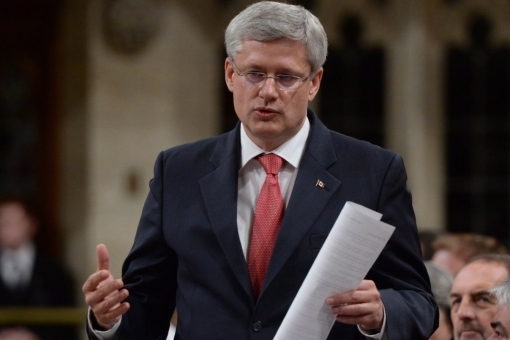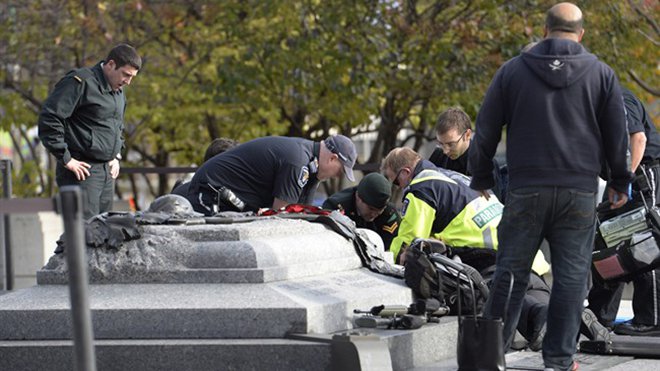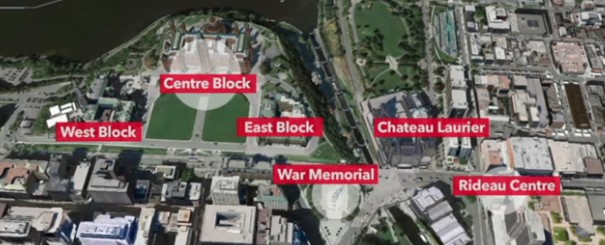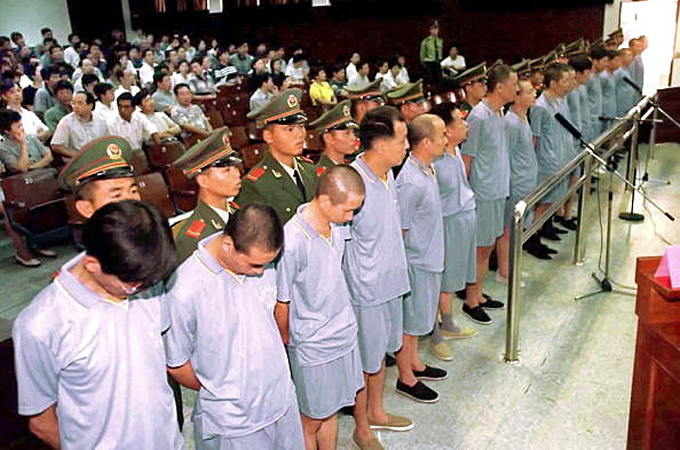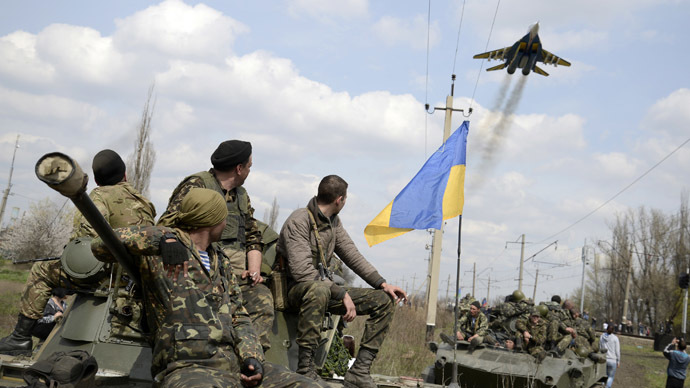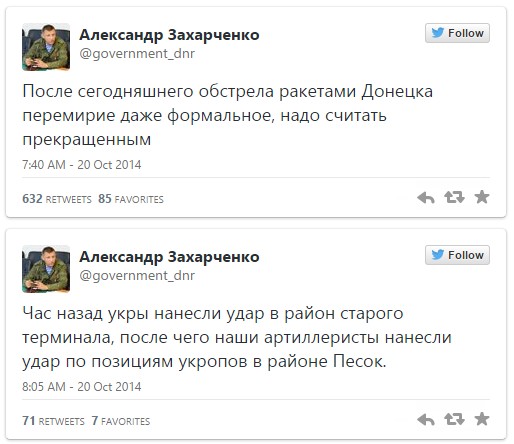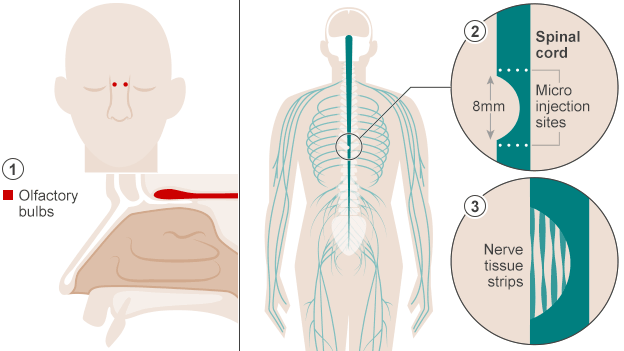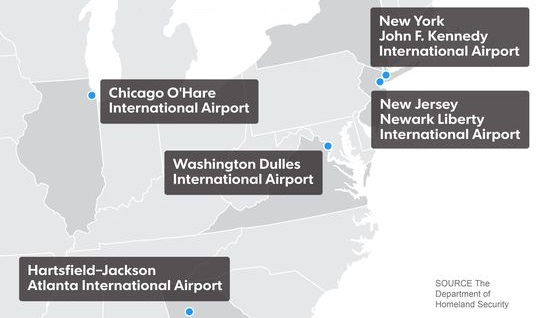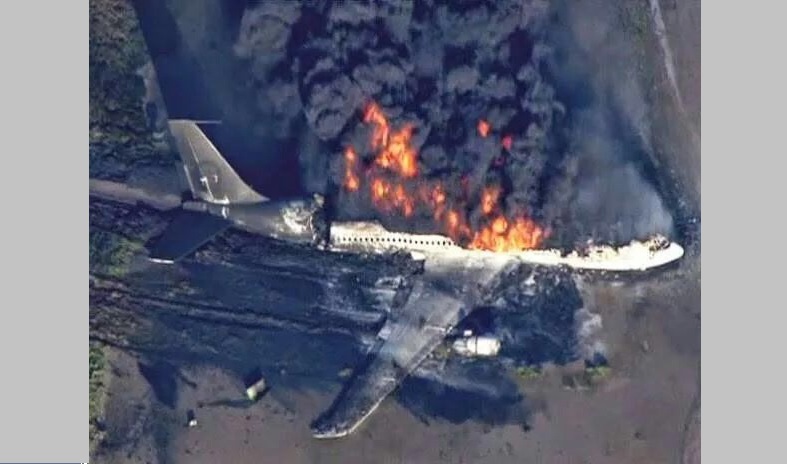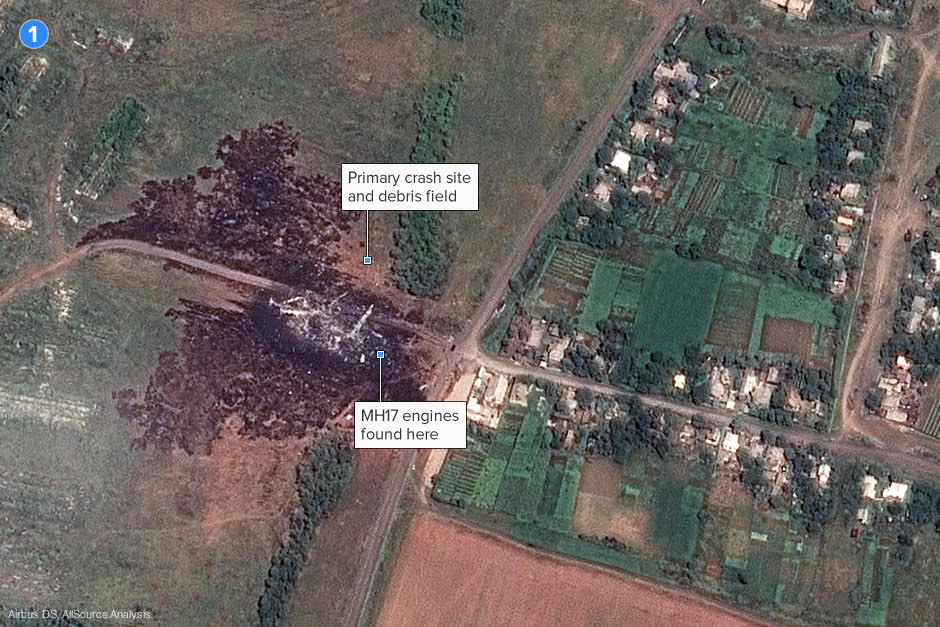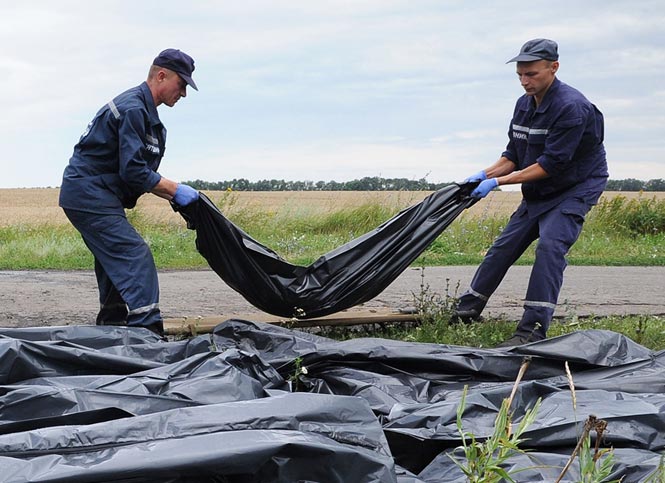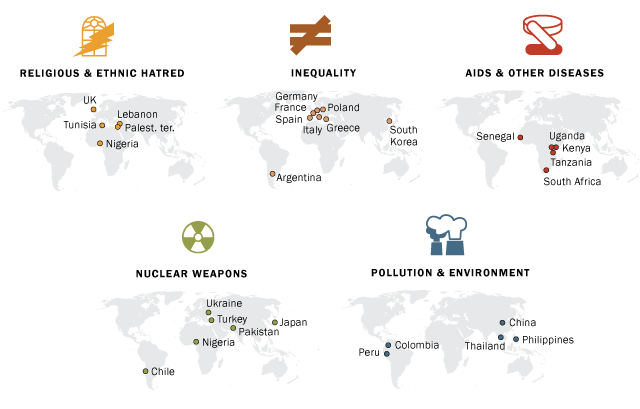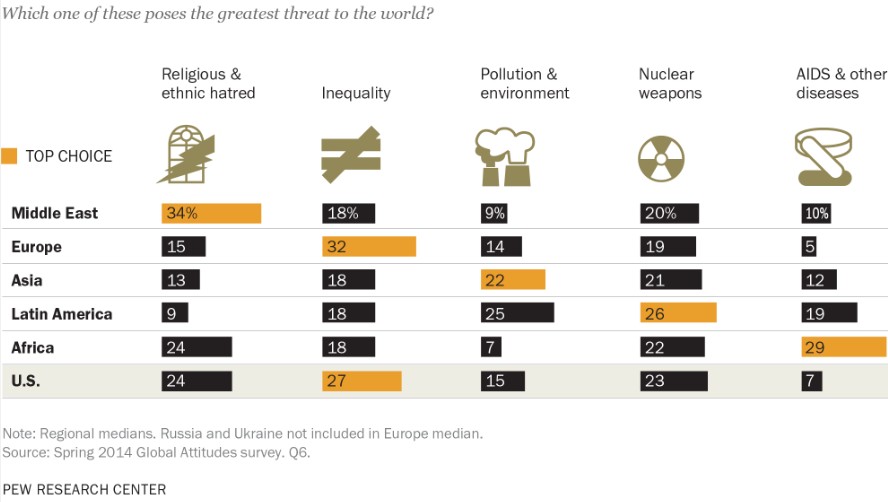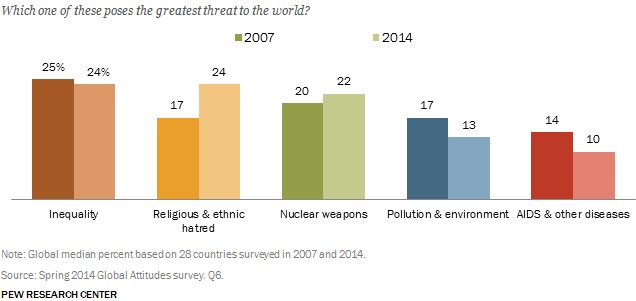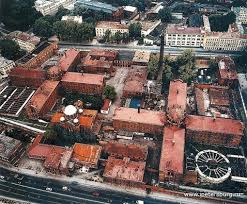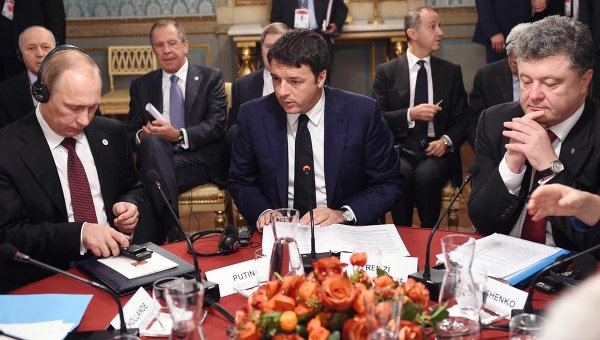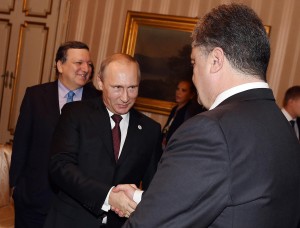According to parliamentarians in Victoria, British Columbia, knowledge of a security threat to Canada had existed since earlier this week. Victoria parliamentarians were contacted days ago and alerted to a possible problem.
Parliamentary House Clerk Craig James said that “steps were taken” with regard to security this week. “We are aware and have been aware of a heightened concern from entities in Ottawa for least a few days.”
“We didn’t receive caution, we received information that there may be a problem,” said James. “We had discussions with certain members of the assembly to be prudent and keep them informed.”
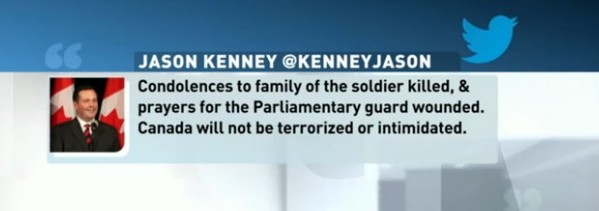
Shortly after the attack Wednesday, Canadian Minister of Employment and Social Development and Minister of Multiculturalism Kenney Jason tweeted, “Canada won’t be terrorized or intimidated.”
Many commentators are pointing to terrorism directed at Canada by militant Islamists as a possible source for the two attacks on Canadian military personnel this week.
Tuesday, two Canadian soldiers were hit by a car being driven by a Quebec man, 25-year-old Martin Rouleau, who had been “radicalized” by Islamists. Police shot Rouleau dead in Saint-Jean-sur-Richelieu, Quebec after a car chase.
Also Tuesday, Canada sent combat aircraft to participate in the war against Islamist group Islamic State (IS, also referred to as ISIS and ISIL).
Wednesday, an attack on the War Memorial and other sites around the Parliament building in Ottawa, Ontario took the life of one military guard. One gunman was also shot dead in that attack.
IS distributed a call last month for attacks on civilians in countries that were members of the US-led coalition opposed to the Islamist group.
“If you can kill a disbelieving American or European–especially the spiteful and filthy French–or an Australian, or a Canadian, or any other disbeliever from the disbelievers waging war, including the citizens of the countries that entered into a coalition against the Islamic State … kill him in any manner or way however it may be,” said ISIS spokesman Abu Muhammad al-Adnani in the recording.
Following the events in Ottawa, US President Barack Obama condemned the attack, pledging continued coordination with Canada regarding terrorist attacks, and saying, “We have to remain vigilant when it comes to dealing with these kinds of acts of senseless violence or terrorism and I pledged as always to make sure that our national security teams are coordinated very closely. Not only is Canada one of our closest allies in the world, but they’re our neighbors and our friends.”
Also following the attack, the North American Aerospace Defense Command (NORAD) increased its alert posture–increasing the number of planes on higher alert status.
By James Haleavy
